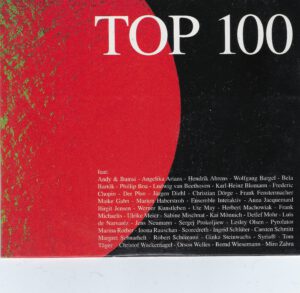If the history of media is the history of a competition, it begins with an advantage. Poets discovered collage at a time when photographers still needed hours to develop a single image. It is as if written imagery anticipated film imagery and together the two arts enjoy exploiting the possibilities and addictions of spectacle. Storyboards were invented, and later came radio drama. Multimedia plays with video, performance and installation, created by painters and musicians, observed sometimes by poets.
The videoclip, a medium that is dominated by its editing rhythms, has overtaken everything. In spite of this, spoken art has resisted its influence. It seems that poetry refuses to have its stamina diminished by the flighty aesthetics of new media. But for me, this short form is worth a try. Especially since curtness has proven sufficient on the other side of the world in the Japanese haiku. Haiku are simple sentences. Observations in which almost nothing happens. Only a frog jumping into a pond. A haiku means nothing, and yet it works.
Between the nothingness of Zen-speech and the hysterical rhythms of videoclips, a form is developing that is worth seeing. With digitizing, the Middle Ages of the Literature–Clip has begun.
***
Top 100, von A.J. Weigoni bei Constrictor, Dortmund 1995
 Weiterführend → Als A.J. Weigoni 1991 seine LiteraturClips auf CD (der Claim für Klangbücher war noch nicht abgesteckt) realisierte, hat man ihn für verrückt gehalten. 1995 begann ihre Zusammenarbeit, die mit dem Hörbuch Gedichte einen sinnfälligen crossmedialen Zirkelschluß findet, zu dem Täger als Hörspielkomponist mit Señora Nada eine Musik der befreiten Melodien zelebiert oder bei dem zweiten Monodram Unbehaust eine Klang-Collage aus Papiergeräuschen anfertigt.
Weiterführend → Als A.J. Weigoni 1991 seine LiteraturClips auf CD (der Claim für Klangbücher war noch nicht abgesteckt) realisierte, hat man ihn für verrückt gehalten. 1995 begann ihre Zusammenarbeit, die mit dem Hörbuch Gedichte einen sinnfälligen crossmedialen Zirkelschluß findet, zu dem Täger als Hörspielkomponist mit Señora Nada eine Musik der befreiten Melodien zelebiert oder bei dem zweiten Monodram Unbehaust eine Klang-Collage aus Papiergeräuschen anfertigt.